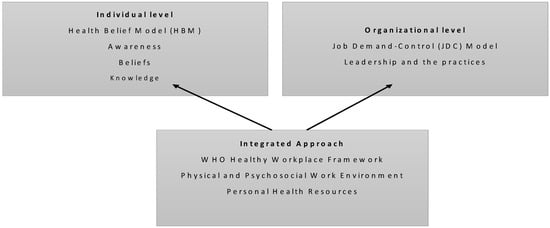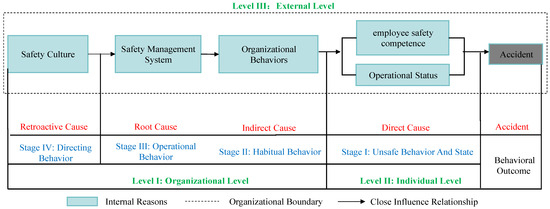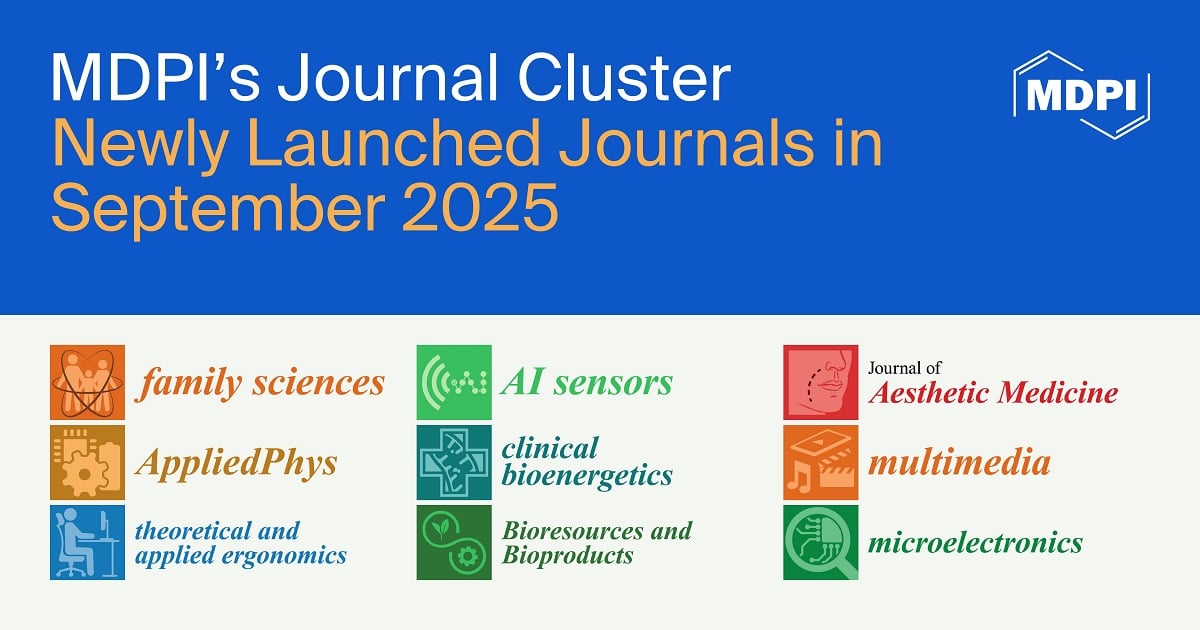-
 Experimental Testbed for Nondestructive Analysis of Curtain Airbags in Child Safety Applications
Experimental Testbed for Nondestructive Analysis of Curtain Airbags in Child Safety Applications -
 Effectiveness of Toolbox Talks as a Workplace Safety Intervention in the United States: A Scoping Review
Effectiveness of Toolbox Talks as a Workplace Safety Intervention in the United States: A Scoping Review -
 Assessing Micromobility Users’ Knowledge of Regulations: Valencia (Spain) Case Study
Assessing Micromobility Users’ Knowledge of Regulations: Valencia (Spain) Case Study -
 Structures and Processes for Safety Culture? Perspectives from Safety Leaders in the Swedish Construction Industry
Structures and Processes for Safety Culture? Perspectives from Safety Leaders in the Swedish Construction Industry
Journal Description
Safety
- Open Access— free for readers, with article processing charges (APC) paid by authors or their institutions.
- High Visibility: indexed within Scopus, ESCI (Web of Science), SafetyLit, and other databases.
- Journal Rank: CiteScore - Q2 (Safety Research)
- Rapid Publication: manuscripts are peer-reviewed and a first decision is provided to authors approximately 37.2 days after submission; acceptance to publication is undertaken in 5.7 days (median values for papers published in this journal in the first half of 2025).
- Recognition of Reviewers: reviewers who provide timely, thorough peer-review reports receive vouchers entitling them to a discount on the APC of their next publication in any MDPI journal, in appreciation of the work done.
Latest Articles
Highly Accessed Articles
Latest Books
E-Mail Alert
News
Topics
Deadline: 31 December 2025
Deadline: 31 March 2026
Deadline: 30 July 2026
Deadline: 15 August 2026
Conferences
Special Issues
Deadline: 20 October 2025
Deadline: 31 October 2025
Deadline: 10 November 2025
Deadline: 20 November 2025


























